A Bridge Between Theory and Practice: The Power of Case Studies and Real-World Applications
In academic and professional writing, the effective use of case studies and real-world applications serves a crucial purpose: it transforms abstract concepts into tangible, relatable narratives. Far from being mere illustrative anecdotes, these elements act as a vital bridge, connecting theoretical frameworks to the complexities of lived experience. By providing concrete evidence, highlighting nuanced issues, and demonstrating the practical implications of a subject, case studies and real-world examples not only strengthen an argument but also deepen a reader’s understanding. This essay will explore the significance of incorporating case studies and real-world applications in a report, discussing their role in enhancing analytical depth, promoting critical thinking, and demonstrating a comprehensive understanding of a topic.
The primary function of case studies is to provide a specific, detailed context for a broader theoretical discussion. A well-constructed report on a business strategy, for instance, is made more convincing by an in-depth analysis of a company that successfully implemented a similar approach. This type of “illustrative case study” makes an unfamiliar concept familiar, allowing the reader to see the theory in action. Instead of merely stating that a particular marketing technique is effective, a report can analyze the specific campaign of a well-known brand, detailing the challenges it faced, the strategies it employed, and the measurable outcomes it achieved. This level of detail moves the discussion beyond simple assertion to evidence-based reasoning, lending credibility and authority to the report’s conclusions.
Furthermore, case studies are instrumental in revealing the intricate, multi-faceted nature of real-world problems. Many issues—be they in public policy, healthcare, or technology—do not conform to simple, textbook solutions. By examining a “critical instance case study,” a report can explore how multiple dimensions of an issue—social, economic, political, and ethical—intertwine. For example, a report on urban planning would be incomplete without a case study on a specific city’s infrastructure project. Such an analysis would likely reveal a complex web of considerations, from the financial feasibility of the project and its environmental impact to the social displacement of local residents and the political negotiations required for its approval. By grappling with these complexities, a report demonstrates a nuanced and holistic perspective, showcasing an understanding that goes beyond a superficial summary of facts.
The inclusion of real-world applications also encourages critical thinking and problem-solving skills. When a report moves from general principles to specific scenarios, it forces the author and the reader to engage with practical challenges. A report on a new educational theory, for instance, can be enriched by an examination of how it was applied in a specific school district. This application would naturally raise questions: What were the practical limitations? How did teachers adapt the theory for their students? What unforeseen obstacles arose? The report’s analysis of these questions not only evaluates the theory’s effectiveness but also provides valuable insights for future implementation. In this way, case studies and real-world examples transform a report from a static presentation of information into a dynamic exploration of how knowledge is tested, refined, and applied in the face of real-world constraints.
In conclusion, the strategic integration of case studies and real-world applications is an essential component of a compelling and comprehensive report. These elements ground theoretical discussions in concrete reality, providing the necessary evidence to support claims and illustrating the complex nature of a topic. By using these tools, an author can demonstrate their ability to connect abstract knowledge to tangible outcomes, fostering a deeper, more critical understanding of the subject matter. Ultimately, the power of a report lies not just in what it says, but in how effectively it uses the real world to prove its point.
